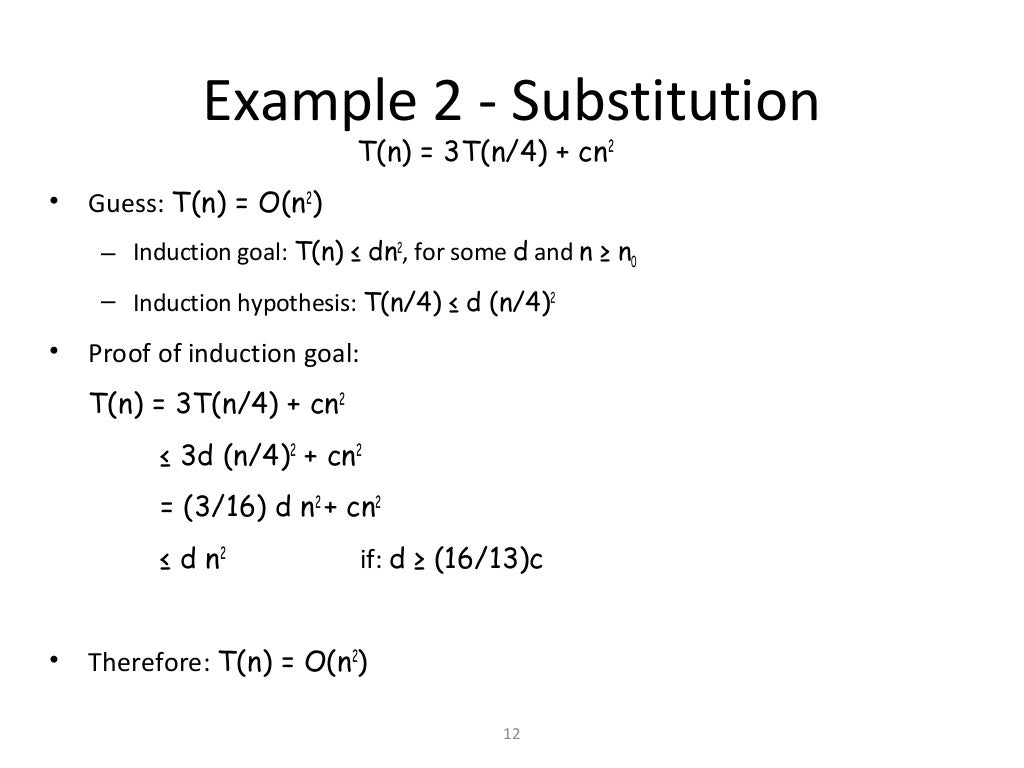

Namechanger recursive free#
If you have a Windows machine, there's a wonderful free tool I use personally, called Bulk Rename Utility. NameChanger is free, and the following are paid: Renamer, File Renamer, Rename It. Advanced options for file extensions and. definable and which has the Interpolation Property, then for every recursive. Change names by Replace First Occurrence, Replace Last Occurrence, Replace All, Wildcard, Prepend, Append, Character Removal, Case Changing, Regular Expressions, Sequence and Date. (3) If : L K is a name changer then for every L-sentence there is a.
Namechanger recursive software#
I used the Software Set-ACL Studio, I could see the owner of the folder with one click and reset the owner for all child items, this worked perfectly, of course it was a lot of clicking around, and took me about 30 Minutes, but the problem is solved now. Add date/time stamps, replace numbers, insert. There are some applications that can help you in this regard. NameChanger helps you rename a list of files quickly and easily. I found a solution for my problem, not really any automation, but it worked.

So for every recursive call, we are reducing the size of the string by. Time Complexity: O(n2) as substr() method has a time complexity of O(k) where k is the size of the returned string. oauth_token = Const:: ACCESS_TOKENĬonfig. Bulk Rename Utility allows you to easily rename files and entire folders based upon extremely flexible criteria. Recursion continues this way when the pointer reaches ‘0’, all functions accumulated in stack print char at passed location (str) and return one by one. Navigate to your path where you need to change the extension by type cd and the path. consumer_secret = Const:: CONSUMER_SECRETĬonfig. First open a command prompt by: Searching on windows the cmd name an open as administrator. consumer_key = Const:: CONSUMER_KEYĬonfig. If the server supports recursive queries the response will have the 'recursion available' RA bit set in the response headers. By default dig will send a recursive query ( RD set in the query header) unless you set the +norecurse command line flag. It would (at a guess) look something like this: for (final File f : new File("C:\\temp").Config. 3 Answers Sorted by: 22 Use dig and check the status of the RD and RA bits in the response. If you're willing to learn/use java, then that could be another good way to get the problem solved. I'm also minded that asking this question on might elicit some help crafting a shell script that will perform this rename (though also plenty of shell capable people here, one of them may see it - it's just that it's not quite as hardcore programmer-y a question as most). After executing the above command we’ll have file2.doc in the folder d:data. The properties of the disk item objects can be seen in the Web Inspector (see above, Debugging). Example: rename d:datafile1.doc file2.doc. The optional finishedDirectory function, when implemented by the script, gets called during a 'slow' and recursive search (set archMode to 3 to enable) for every directory it had traversed into. Hence, if we are carrying out a copy command with the recursive flag, the action is performed on all the objects. In other words, the recursive flag helps carry out a command on all files or objects with the specific directory or folder. This is done via the AWS S3 cp recursive command. We first traverse till the last node and making the last node as the head node of reversed linked list and then applying the above procedure in the recursive manner. Copy S3 objects to another local location or in S3 itself. Syntax of rename command: rename filepath newname. We return the pointer of next node to his previous (current) node and then make the previous node as the next node of returned node and then returning the current node. Find below syntax of the command with examples. See if your preferred rename tool has a similar facility? We can use the command rename to rename files from windows command prompt (CMD).

In the context of that tool it would be asking for a source pattern like %a= %b and a destination pattern (like %b), everything after the = would be stored in %b variable and then renaming the file to just %b would lose everything after the = I used to extensively use a windows Rename tool called Renamer 6.0, and it had a "pattern rename" facility called "Multi change" that could have handled this.


 0 kommentar(er)
0 kommentar(er)
